Like A Fiery Elephant, my biography of the experimental novelist B.S. Johnson, contains one particularly careless sentence: the one where I described Johnson as ‘Britain’s one-man literary avant-garde of the 1960s’. It was a silly thing to write, partly because it wasn’t true, but also because it was easily the most quotable line in the book and so every journalist and reviewer was bound to pick it up and repeat it. And so it proved.
But Johnson was not Britain’s one-man literary avant-garde. The 1960s saw a significant flowering of what we might (for shorthand) call experimental writing in this country. They saw the emergence of writers such as Nicholas Mosley, Christine Brooke-Rose, Brigid Brophy and Robert Nye, while around Johnson himself clustered a small group of like-minded novelists, bound together by prickly friendship and, if not a shared aesthetic exactly, then at least a shared opposition to what they saw as the prevailing aesthetic (neo-Victorian realism). These writers included Alan Burns, Eva Figes and Ann Quin.
Quin was born in Brighton in 1936, and died in 1973, walking out to sea off Brighton beach in an act which shockingly prefigured Johnson’s own suicide a few weeks later. In her short writing life she produced four unconventional novels — Three, Passages, Tripticks and, perhaps most famously, her debut Berg, published in 1964 and filmed in the late 1980s as Killing Dad. She has never been widely read, but Stewart Home has written that ‘despite ongoing rumours of a B.S. Johnson revival, I feel our attention could be more usefully directed towards Ann Quin’; and the appearance of this collection of short prose — some of it previously unpublished — might mark the beginning of her rise to a new eminence.
Most of the 1960s British experimentalists were united, very loosely, by political as well as aesthetic dissatisfactions. Politically, they were in revolt against the hierarchies of the British literary and publishing establishments, which were even posher and more Oxbridge-dominated than they are today, if such a thing is possible. Of course this was also, ironically, the decade in which working-class writers such as David Storey, Margaret Forster and Alan Sillitoe became famous, but the experimentalists could not cheer on these pioneers because they considered their books too traditional. To be experimental, after all, required you to be in revolt against aesthetic hierarchies as well. Most of the writers in Quin’s circle and beyond were interested, above all, in narrative fragmentation: adapting William Burroughs’s cut-up techniques and the radical dislocations of the nouveau roman in order to avoid the bourgeois compromises of plot, tidy narrative resolution and character development.
Therefore, while Jennifer Hodgson’s new collection of Quin’s prose describes itself as ‘Stories and Fragments’, even the longest stories here are themselves fragmentary. A characteristic Quin paragraph will consist of short sentences, often verbless, using the full stop the way a conventional writer might use a comma; perceptions will be rendered in discrete, brief phrases, cutting rapidly from one image to another:
Along the Front. Deserted. Long sloping pavements. Carefully avoiding the puddles. She took her shoes off and ran. Laughing. On to the beach. Down to the water’s edge. She heard him panting. Crunching over the pebbles. Her hair over her eyes. She did not sweep away. Lights of the town distant. The sky uplifted from the heaving mass of darkness. That was the sea. Sound of sea. Sounds of other seas. Other days. Spent in other places. Under foreign skies.
This is from ‘A Double Room’, the story of an adulterous seaside affair, banal enough in its substance but rendered distinctive by the manner of its telling. It’s one of the more straightforward pieces in a very diverse collection, which ranges from autobiographical essays (one about Quin’s schooldays, another — short, pithy and mordant— called ‘One Day in the Life of a Writer’) to a 50-page extract from her final, unfinished novel, born of Quin’s ‘frequent and devastating bouts of mental illness’: a work, in Hodgson’s words, about ‘the horrors of “going sane”’.
Quin’s friend and supporter Alan Burns once reminisced about the time she took part in an ICA event in the 1960s and
she did her Quin thing, that is to say she came onto the stage and she just sat and looked at people, she wouldn’t say a goddamn word! She just stared, she either implied or she actually stated that … we can communicate more in silence than with someone actually putting the words across.
That militant refusal to compromise also flavours her writing: you either take her on her own terms, or not at all. Quin is challenging, for sure, but the recent popular embrace of Deborah Levy and Eimear McBride (both writers who, to my mind, show an affinity with Ann Quin, if not her direct influence) suggests that there is a growing readership out there with a taste for something richer and stranger than the satisfactions of mainstream fiction. It could be that Ann Quin’s time has come at last.
Got something to add? Join the discussion and comment below.
Get 10 issues for just $10
Subscribe to The Spectator Australia today for the next 10 magazine issues, plus full online access, for just $10.
You might disagree with half of it, but you’ll enjoy reading all of it. Try your first month for free, then just $2 a week for the remainder of your first year.

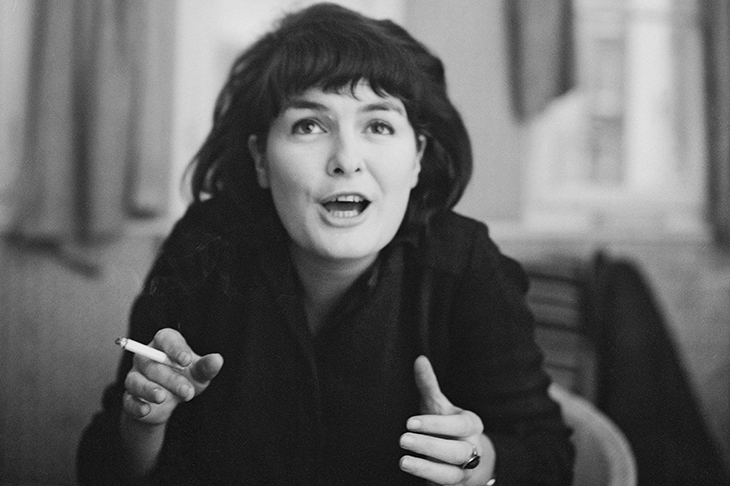
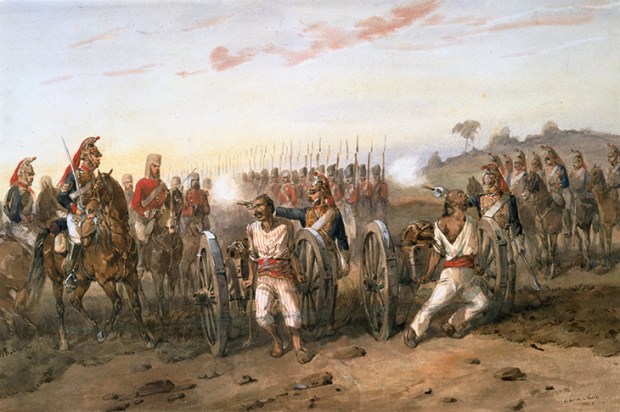


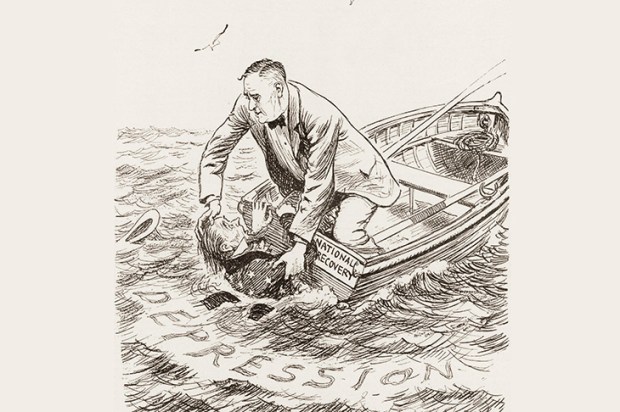
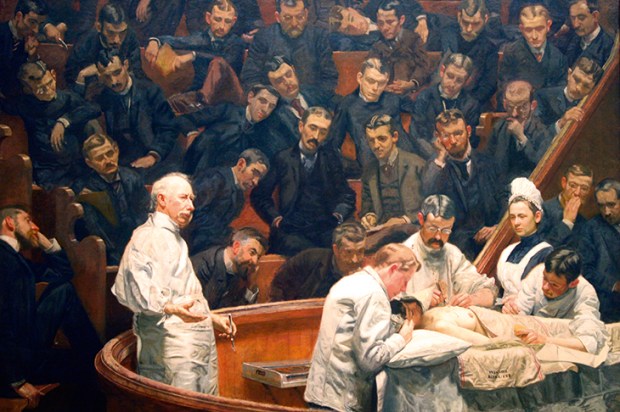
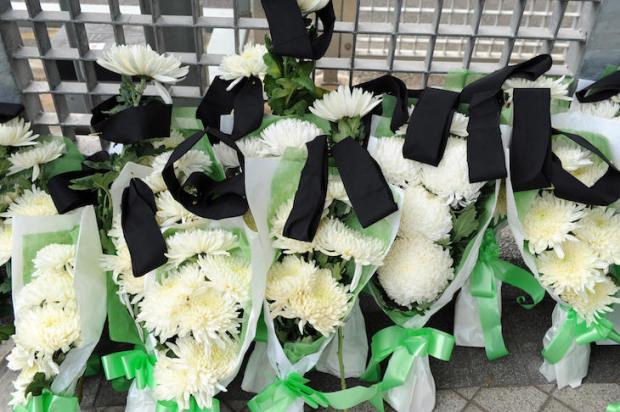






Comments
Don't miss out
Join the conversation with other Spectator Australia readers. Subscribe to leave a comment.
SUBSCRIBEAlready a subscriber? Log in